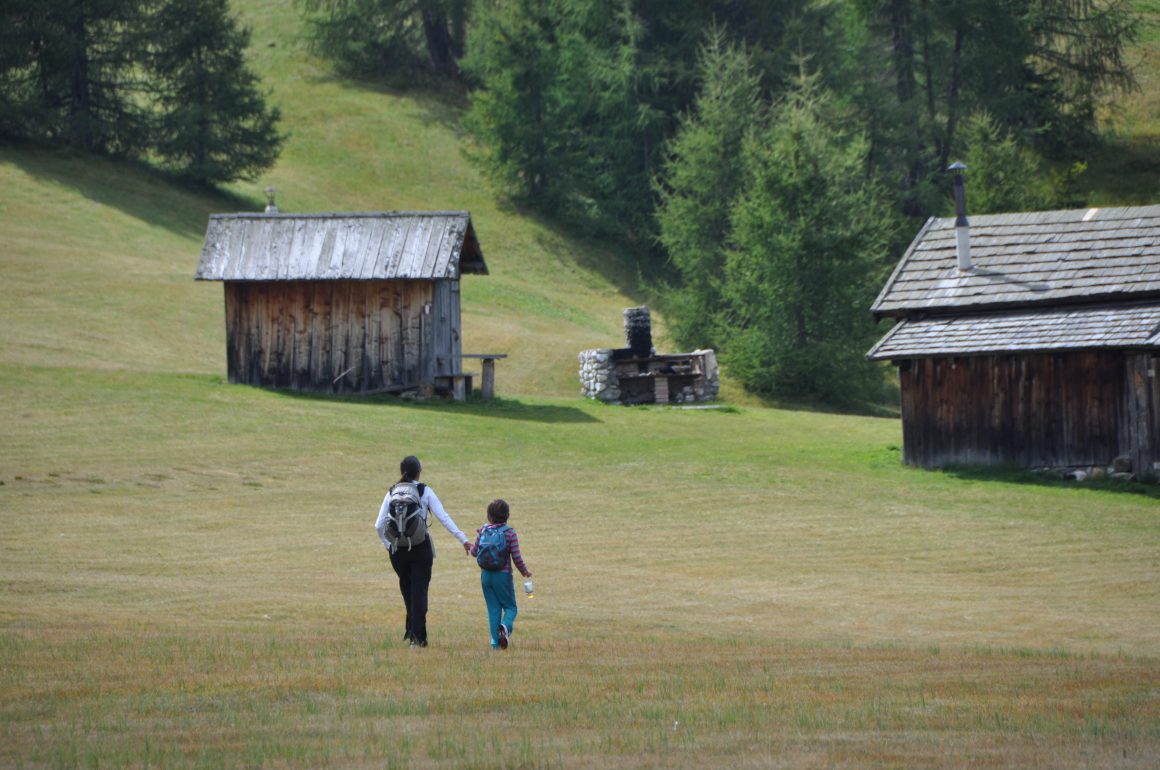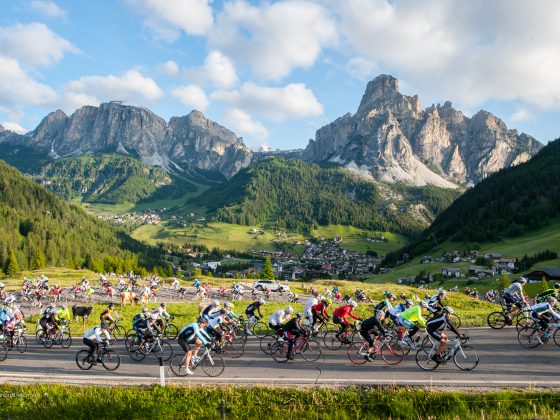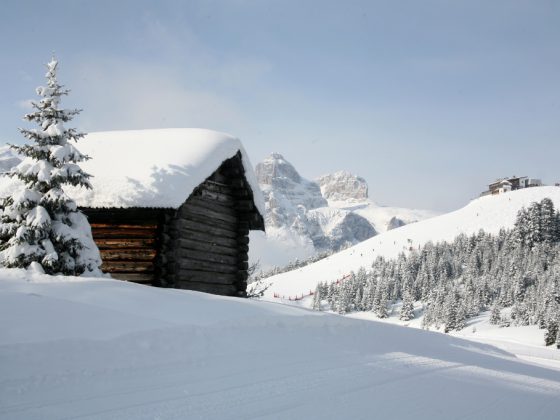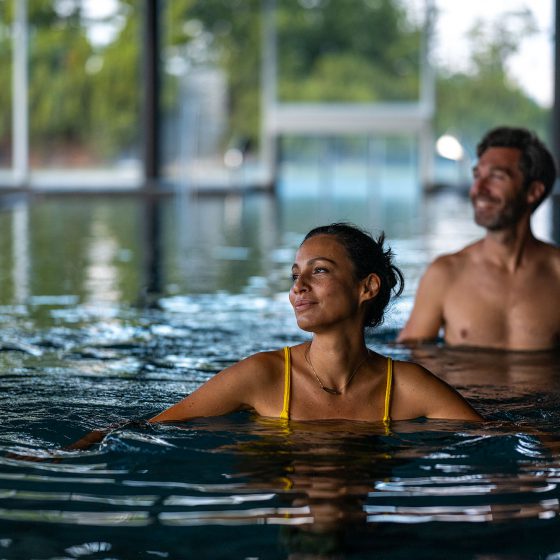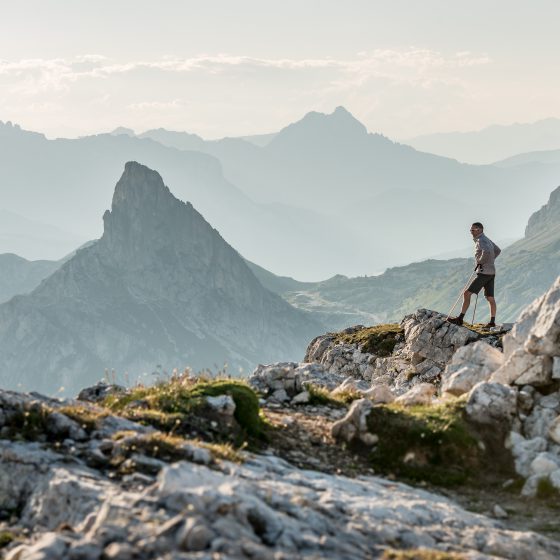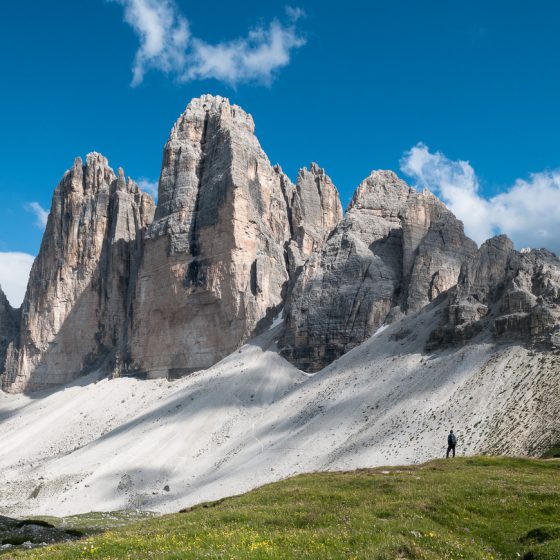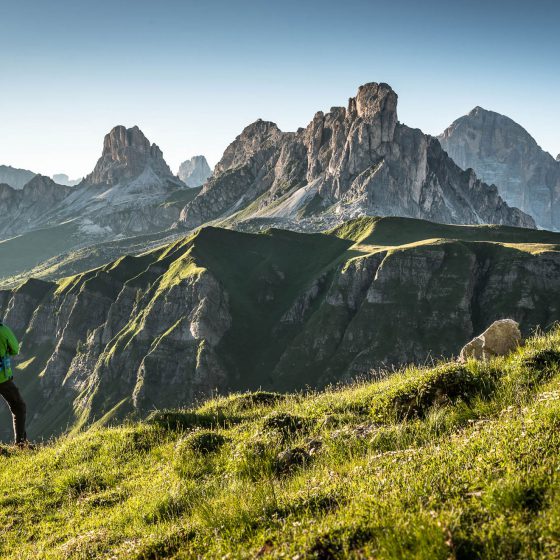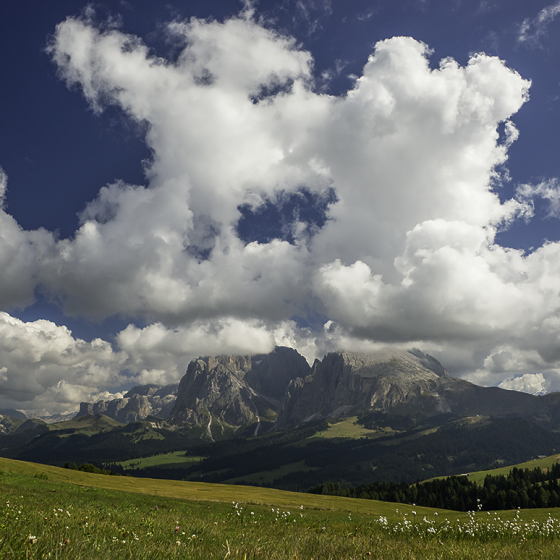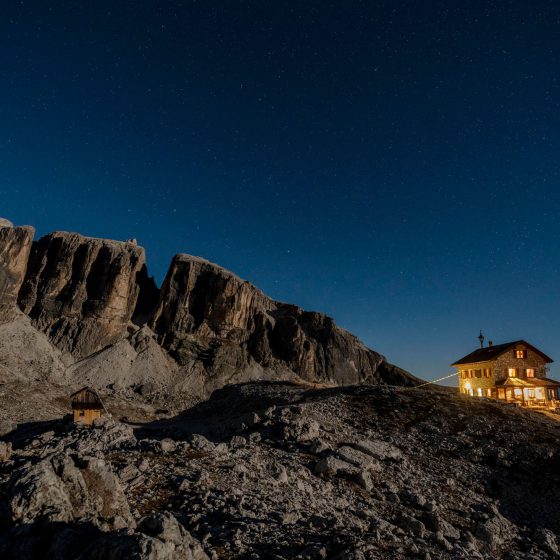Orienteering is a competitive international sport that combines racing with navigation. It is a timed race in which individual participants use a specially created, highly detailed map to select routes and navigate through diverse and often unfamiliar terrain and visit control points in sequence. Courses also can be enjoyed as a walk in the woods, with difficulty levels from beginner to expert offered at most events.
The actual term “orienteering” was first used in 1886 at the Swedish Military Academy Karlberg and referred to the crossing of unknown land with the aid of a map and a compass. The competitive sport began when the first competition was held for Swedish military officers in May 1893 at the yearly games of the Stockholm garrison. The first civilian competition was held near Oslo, Norway, in October 1897.
At the end of World War I, the first large scale orienteering meet was organized in 1918 by Major Ernst Killander of Stockholm, Sweden. Then President of the Stockholm Amateur Athletic Association, Killander was a Scouting movement leader who saw orienteering as an opportunity to interest youth in athletics. The meet was held south of Stockholm in 1919 and was attended by 220 athletes. Killander is credited with coining the Swedish word orientering, from which the word orienteering is derived, in publicity materials for this meet. Killander continued to develop the rules and principles of the sport, and today is widely regarded throughout Scandinavia as the “Father of Orienteering.”
It is estimated that there are about 3 million orienteering participants found throughout the globe. Sometimes referred to as “the sport of the woods”, orienteering may be done competitively or non-competitively and is often enjoyed by families because it is perfect for people of all ages. Each year Alta Badia is home to several fantastic orienteering events. Participants are given a map and a compass and begin their journey in the woods at the foot of the mighty Dolomites. It’s a race against time with the goal of making it through a series of checkpoints (known as lanterns) before finally reaching the finish line.
To learn more about the Dolomite region and travel opportunities in the area visit: www.dolomitemountains.com

